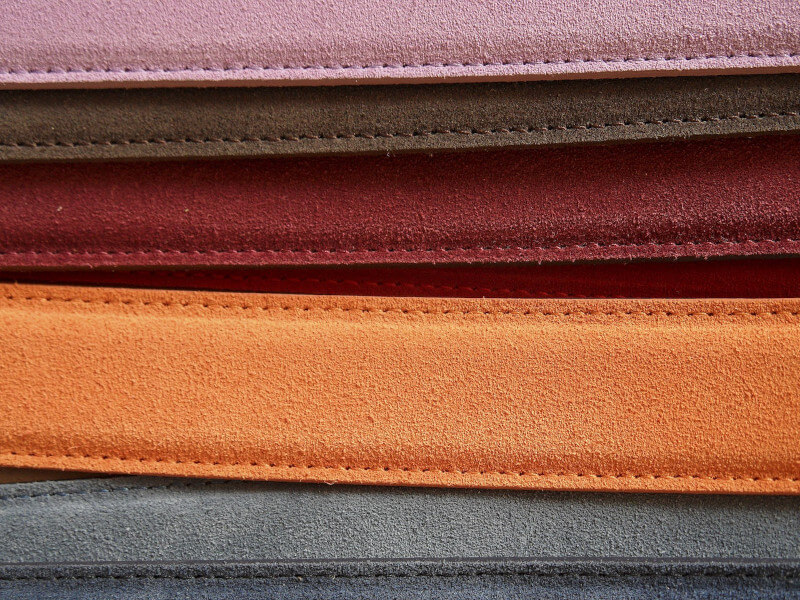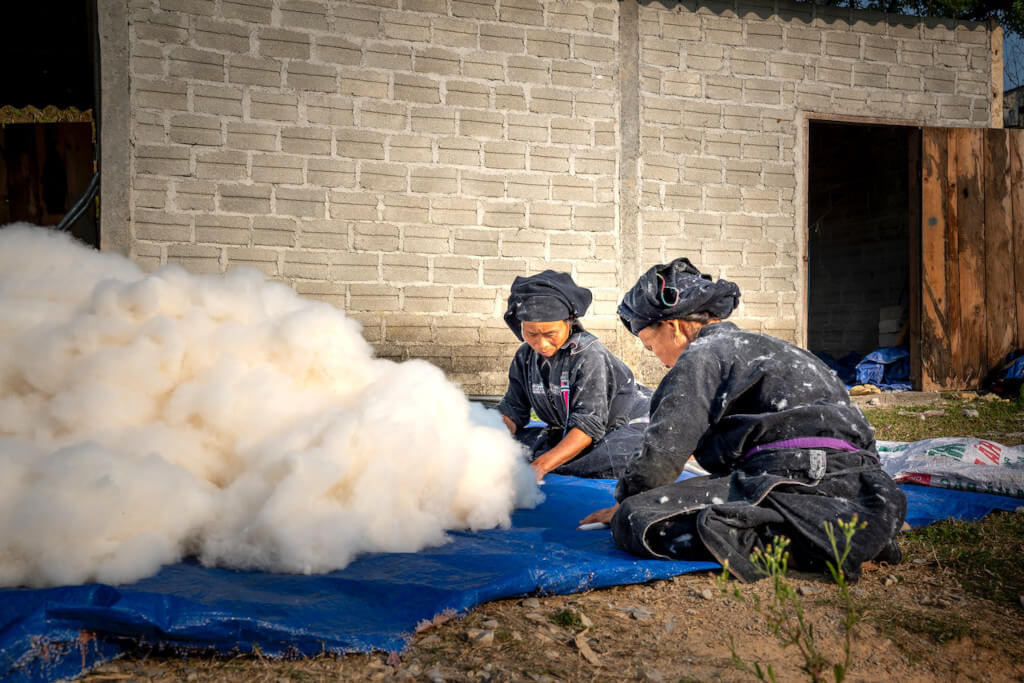If we want to have a better understanding of the price of fashion, we must think about the expense of fashion in terms of the organic consequences of industrial manufacturing. Only then will we have a better understanding of how much fashion costs. This disheartening perspective enables us to take into account why we have to acquire new knowledge of the expense of fashion and recognize that the cost of fashion depends heavily on the environmental assets that are retrieved from our surroundings.
Consider Where Materials Originate From
A fashion industry that is more conscious of its impact on the environment ought to motivate us to get to the root of the issue by investigating ways to improve the extraction process for natural resources. Even though they are labeled as “Made in Italy,” the components that go into our garments originate in very different regions of the world. For example, the leather originates from Europe, the silk from China, the cashmere from Mongolia, and the wool from New Zealand. Given this, we ought to examine the Made In label with some degree of skepticism because its function typically has nothing to do with the real origin of the clothing in question.
The reality is that the manufacturing of natural materials and the processing of materials in the supply network are responsible for upwards of 75% of the overall environmental cost of an item of clothing.
As a direct consequence of this, each year there are 90 million tons of waste materials are generated. Even so, we must not ignore that waste material is still material; as a result, if we create circular economic systems, recyclables could be diverted from landfills and the lifespan of products could be extended.
Cotton, gold, leather, and cashmere are going to be the focus of this blog as we investigate the environmental impact of each of these four vital fashion components, which are also the foundation of the luxury market. In this blog, we are going to talk about how the life cycle model of the following components contributes to the price that is paid to the environment by the fashion industry:
- The toll that cotton production takes on its surroundings.
- The impact that gold mining has on the environment.
- The impact that cashmere has on the environment.
- The impact that leather has on the environment.
The Negative Impact of Cotton

Cotton is among the materials that are utilized in the fashion industry the most frequently. Cotton, however, shouldn’t be considered relatively sustainable as a material because the methods of utilizing cotton, from its crop production to its dying, tanning, and production, have been very straining on nature. As a result, cotton should not be used.
Cotton is a plant species that necessitates a low amount of water, and additionally, to ensure that it doesn’t get pests, it needs continuous use of pesticides. When it comes to human resources, cotton is a contentious topic because of the widespread use of child labor.
Nevertheless, the problem with this is regrettably, in terms of the utilization of this material, the community members that are impacted by cotton production are very big. This is because the majority of cotton farmers run smaller businesses that are owned by families. To show their support for these societies, various brands are working on the development of a strategy for cotton cultivation that is based on the use of fair-trade credentialed collaborators. This strategy should be able to provide more traceability regarding the origin of the raw resources, as well as fairer wages and better working conditions for the laborers who are employed in the fields.
The Impact of Gold Mining on the Environment

Gold, in contrast, is a commodity that is extremely limited and is not produced in anywhere near the same amounts as cotton. The total amount of gold mined from the ground would only be enough to fill three pools of the Olympic size if it were left in its natural form. Primarily, the excavation of the valuable metal necessitates the application of mercury and cyanide, both of which are toxic chemicals that are harmful to both humans and the environment.
This makes the process of extracting gold very difficult in its natural setting for a wide range of reasons. Change that is wholly truly transformational can be challenging to achieve, as was the case with cotton. Because of the size of the communities that are a part of the gold production process, transformation can only occur through additive and gradual change without causing a significant amount of disturbance. As was the case with cotton farming, businesses are now seeking collaborations with companies that are accredited to practice fair mining to increase the level of transparency within their production lines.
The Negative Impact of Cashmere on the Environment

The goats in Mongolia and other parts of central Asia are responsible for the development of a special type of wool known as cashmere. In this situation, one could present the argument that the practices of amassing cashmere goats date back thousands of years and that this had always taken place in an extremely natural manner. In the meantime, on the other hand, this raw material has almost reached the status of a commodity, and as a direct consequence of this, it has led to processes of overgrazing to satisfy the growing requirements of consumers.
The Negative Impact of Leather on the Environment

Leather has been utilized for thousands of years, much like cashmere has been utilized. Leather is the term used to describe the skin of domesticated animals like cows, sheep, and farm animals. The price of leather must be included in the overall cost of the meat and food industry to properly account for the effect that leather has on the environment. In addition to the environmental damage caused by the food business, the tanning of leather is a particularly environmentally harmful operation.
As a result, the majority of existing studies are being directed toward this sector to find ways to decrease the number of chemical compounds, electricity, and water utilized in the various tanning methods. To reiterate, as consumers, we must always take into consideration the origin of the leather we purchase to encourage positive developments in the field of sustainable fashion practices.
The Final Thoughts
As we have seen, all of these materials, which are regarded as crucial components of luxury garments, necessitate that fashion brands be completely conscious of the natural expense of their product lines. This is the case because luxury clothing is often made from sustainable materials. Due to the environmental impact of raw material harvesting, fashion companies in any sector of the market should begin establishing more circular strategies for their manufacturing economic systems.
This will allow them to prevent waste from ending up in landfills and make the most efficient use of the materials that are harvested from nature. As consumers, what we can do is utilize our shoppers voting power to ensure that businesses that are promoting higher standards of quality, fair trade, and environmentally responsible methods are praised by gaining us as consumers. We can do this by assuring that we buy from businesses that meet these criteria.




